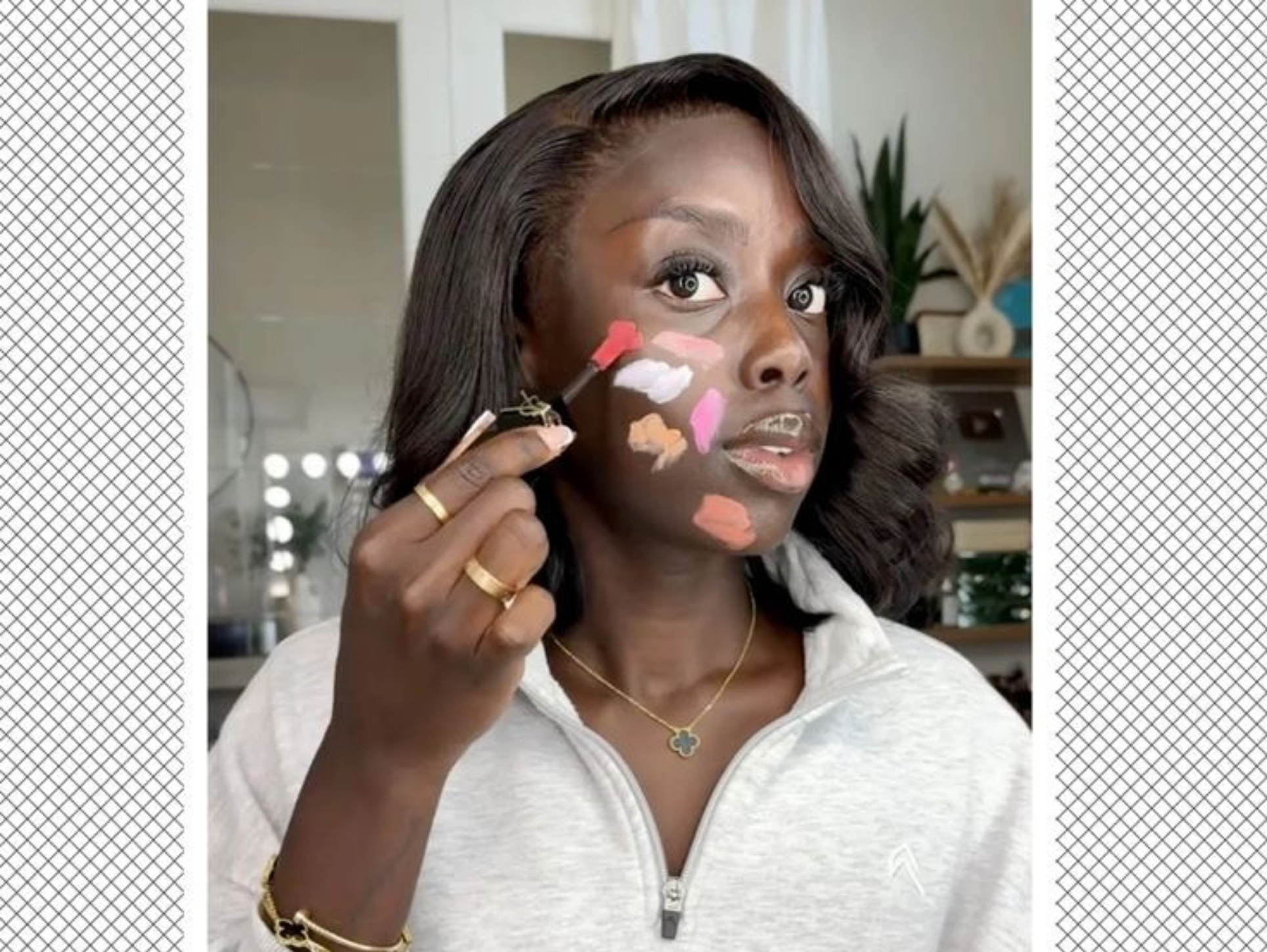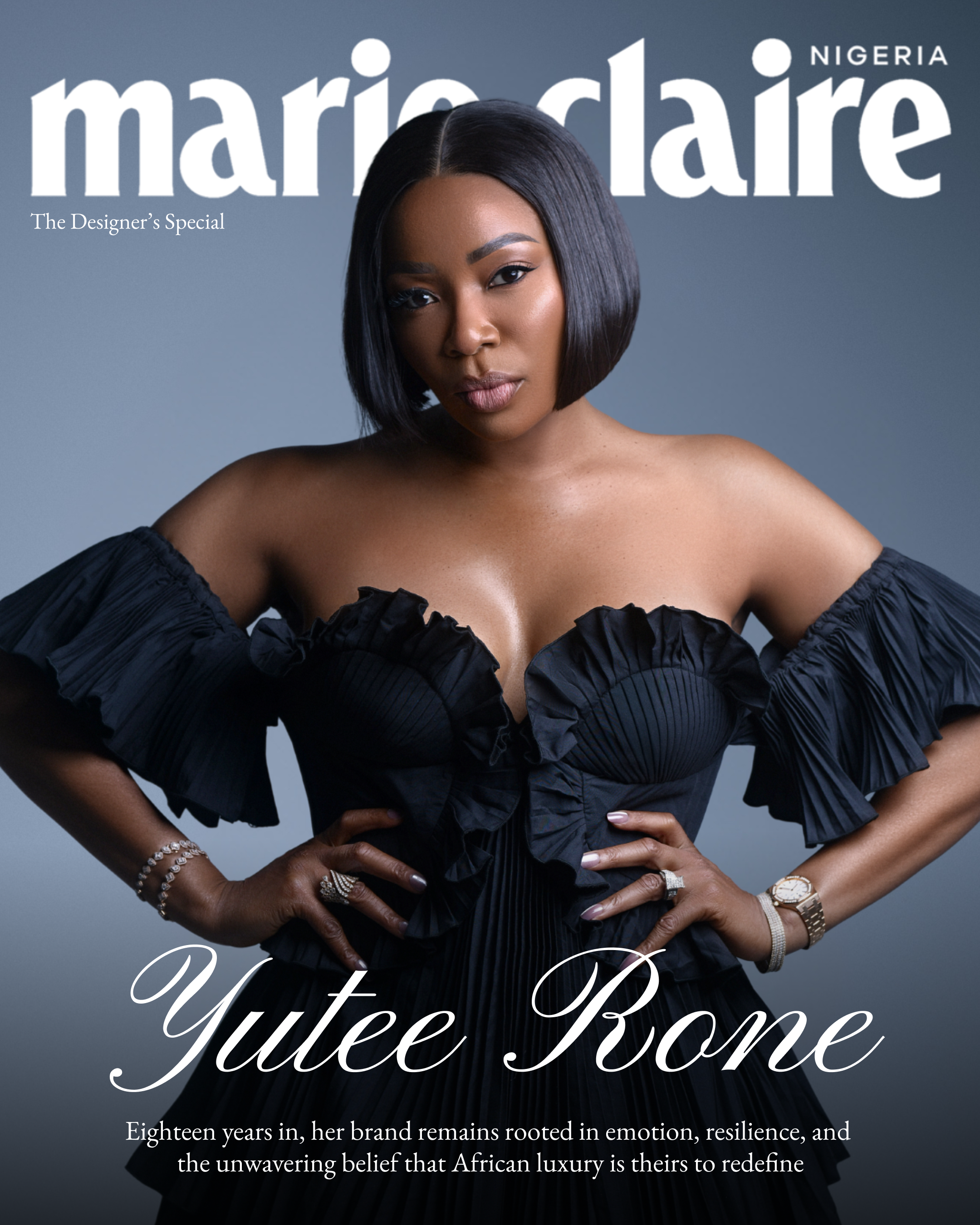Grab your makeup bag, we’re about to get into it. Today, we’re talking about how beauty brands are sparking controversy with their shade ranges and whether it’s all part of a bigger marketing strategy—one that often leaves Black women feeling left out.
@jackieaina cuz why are we having the same discussions in 2024? It’s giving trolling…
We’ve all seen it before. A new beauty product rolls out with fanfare, sleek packaging, and the promise of revolutionising our makeup bags. But then it’s the same story, just a different day. Your favourite beauty influencers (who’ve been sent PR boxes, mind you) swatch that perfect shade of foundation, blush, or bronzer, only for us to collectively wince at how terrible it looks on their skin. The undertones are all wrong, the shades miss the mark by miles, and the same excuses start pouring in. At times, it feels like the industry is addressing the needs of Black women only after facing public backlash, rather than prioritising inclusivity from the start.
The same story, different brands
@golloria whats going on.. sending this to a dark skin creator honestly… A MISS
Beauty Brands have been playing this game for years and it’s only in recent times that more people are taking notice. TIRTIR previously sent out their foundation in a shade they claimed was their darkest. When Golloria, a popular influencer, found it laughably too light, she immediately spoke out.Within what felt like seconds, TIRTIR released a new, darker shade. The speed with which they managed this makes it feel like they already had it waiting in the wings. This isn’t innovation or inclusivity—it’s a ploy.
@golloria a sinister ASH!
Rhode played the same game when they sent Golloria blushes that were far too light for her complexion. After she complained publicly, Rhode quickly made the necessary corrections and sent the shades that worked for her. It’s hard to believe the brand didn’t already have those shades in stock when they launched. It seems like instead of releasing a truly inclusive product range from the start, they relied on outrage to push their brand into the conversation.
And then there’s YSL, which still hasn’t responded to the ongoing criticism about their blushes not catering to deeper skin tones. Despite widespread complaints, the brand remains silent, perhaps biding its time before releasing a “revised” version. It’s a tired tactic but one that still works.
The strategy of outrage
@golloria That is a SHADE range!👀 @TIRTIR long lasting cushion foundation is for the dark skin girls! The perfect match, & the perfect lightweight formula to wear all summer!☀️💋 #TirTirpartner
Step 1, a beauty or makeup brand sends out limited shade ranges to top influencers, likely anticipating that outspoken influencers who care about representation,like Jackie Aina and Golloria will be honest about it. Predictably, they do, and suddenly. everyone’s talking about the brand, tagging them, sharing videos, and making thought-led TikToks. A brand that would otherwise have had a quiet launch becomes the centre of beauty conversations, all sparked by the lack of adequate shades for deeper skin tones.
It always works because widespread outrage equals free marketing. The consumers become part of the marketing machine. The brand wouldn’t need to spend big bucks on advertising because our tweets, posts, and videos spread the word for them just like TIR TIR and Rhode.
The redemption arc
After these controversies erupt, brands often come forward with apologies and promises to improve their inclusivity. They release statements about diversity, pledging to do better next time. But the question remains: why did these “mistakes” happen in the first place?
With entire marketing teams dedicated to product launches, it’s hard to believe these shade mismatches are simple oversights. Instead, it feels like a calculated move—a strategy to generate buzz and let the outrage drive free publicity. And when they release a new, more inclusive range, they get to position themselves as having “listened” and “learned.”
But what about Black women and other underrepresented groups who are constantly caught in the middle? We’re the ones who are expected to call out these brands, only for them to swoop in with a fix that allows them to play hero. It’s exhausting, and it’s time for these brands to stop using exclusion as a marketing tool.
Shifting our focus to brands that care
@golloria the darkest shade of the youthforia date night foundation.
It’s not on consumers to shift the narrative. Instead, we need to raise awareness of these marketing tactics and support brands that genuinely prioritise inclusion from the start, rather than those using it as a reactionary fix.
Inclusion matters because beauty should cater to everyone. By focusing our money on brands that get it right, we can create real change without rewarding those that continue to miss the mark.
Let’s be more aware of these tactics, invest in the brands that value representation, and stop giving free attention to those that don’t. Our voices and our money can push for the change we deserve.


